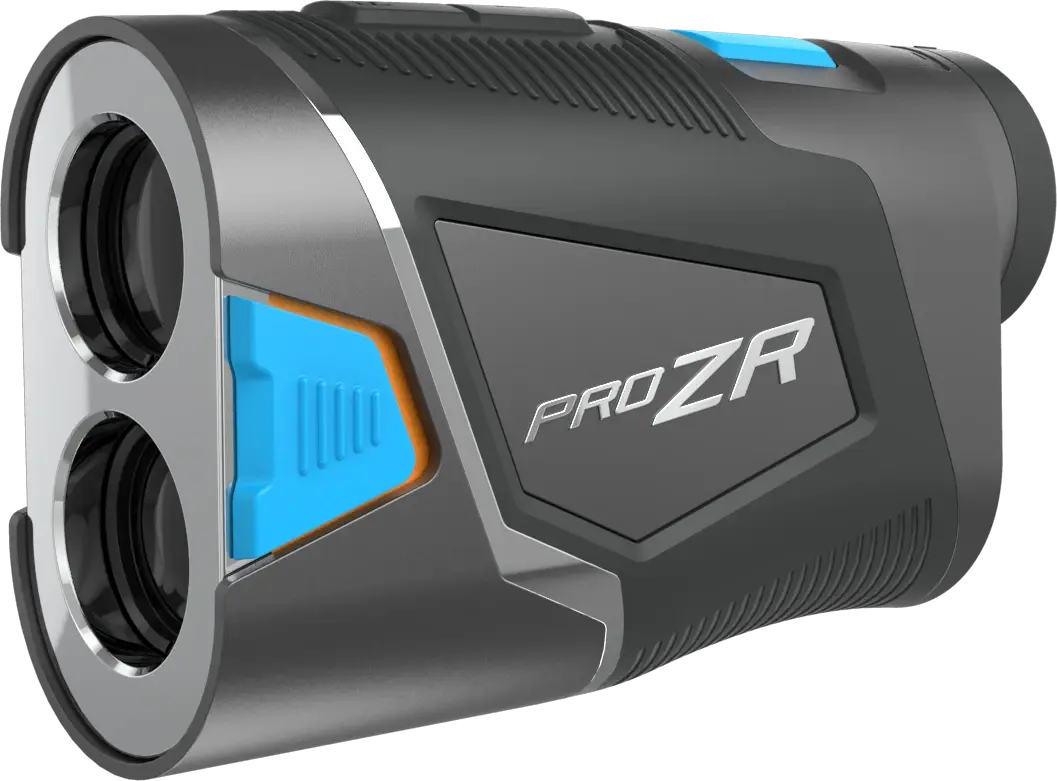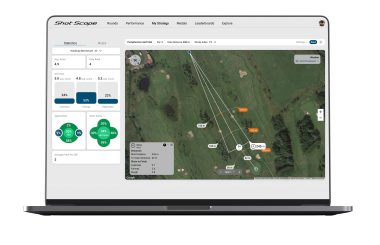Five Keys to Course Management
5 September 2023
Course management is a term that is thrown around a lot at golf clubs and is something that is often ignored by the typical amateur. We are going to look into five areas that can improve your course management and help lower your scores.
Here are five course management tips.
1. Set up for success – know your tendency
Why is it important to know, and, account for your natural tendency? You can almost double the size of the landing zone you are playing for, whether it be off the tee or when playing into a green. The average golfer misses 27% of tee shots right.
Therefore, if golfers adjusted their aim to allow for their natural miss then immediately their chances of hitting the target goes up because they can afford to have a bad shot. Likewise, off the tee we can use the whole tee box to set up for success.
A lot of amateurs will instinctively tee it up in the middle of the teeing area, why? If you know that you are more likely to miss right, then why not tee up on the right side, aim further left and allow for the ball to come back. By opening up the angles of the hole, you give yourself a much better chance of finding the short stuff.
Try to eliminate one side of the course by allowing for what comes naturally.
2. Know your gapping
As we have covered in one of our previous articles gapping is a key aspect of lowering your scores. With Shot Scope performance tracking, you can access Performance-Average distances for all of your clubs which gives golfers a realistic distance they can expect to hit each club.
This is incredibly valuable information as you can then use your distance measuring device, like the X5 GPS watch or PRO LX+, to identify how far you must hit the ball to reach a dogleg or cover a hazard. Armed with this information and knowledge you can select a club that will keep you in scoring positions and prevent unnecessary recovery shots.
Under-clubbing is a common error amongst amateur golfers and simply having a more accurate idea of how far each club goes can help this. On average, the typical amateur misses over 60% of greens short and are required to try and get up and down to prevent dropped shots.
However, getting up and down is not easy, scratch golfers get up and down 56% of the time, not as often as you might think!
3. KISS – Keep It Simple Stupid
Tiger Woods’ father instilled this into him from a young age and whilst perhaps not the nicest saying, it is true. How often do you try to hit a high tariff shot when a much easier shot could be played? Usually the result is a dropped shot or shots!
A phrase I often hear when playing is ‘senior golf’ which basically translates to playing chip shots rather than high lofted wedges. But one thing I noticed in my time working at the course was how good the senior players were around the greens!
I would argue that the phrase should be ‘experienced golf’ rather than ‘senior’ as the players have learned they can easily navigate their way around the greens by chipping rather than trying to play difficult pitch shots.
Data suggests that the typical golfer would have more success with less loft around the greens, something we covered in more detail in this article.
4. Aim for the heart
If you want to hunt birdies like Brian Harman, this year’s Champion Golfer of the Year and avid hunter, you do not need to fire at the pin. Instead, aim for the heart! Of course we are talking about playing for the middle, or heart, of the green.
Amateurs often make the mistake of aiming at the pin and miss the green as a result. Let us imagine there is a pin on the right side of the green tucked behind a bunker. We can confidently guess where a large percentage of shots would end up if amateurs were to aim at the pin.
- Miss 1: Have not allowed for natural tendency and miss the green right, short sided and thus a tricky up and down.
- Miss 2: Have not taken enough club and have landed in the bunker with an equally difficult sand save coming up
How can we avoid this and save these easily avoidable dropped strokes? Take more club and play to the middle of the green and adjust our aim. If we aim for the middle of the green and don’t quite catch it, we can still find the front of the green. Likewise, if we leak it to the right, we are right on the pin and can act like we meant it – better to be lucky than good!
5. Controlled aggression
Stop hitting 3 wood off the tee to play safe. We have covered this highly contested area in a previous blog and know that typically there is not much reward to taking 3 wood over driver.
Why? Because the majority of us are as likely to hit the fairway with driver as we are with 3 wood. However, one thing that is true with 3 wood off the tee, is that we will be shorter off the tee which typically does not help our scoring opportunities.
We should take 3 wood off the tee when we can reach danger with our driver. But, if there is no danger in reach then more often than not driver is the play. That is not to say you should play reckless and rip driver on every tee box, rather that you should not be scared to let the big dog eat a little more!
Whilst you can manage your way around the course without data, it definitely enhances it.
You can utilise your data to create a strategy that plays into your strengths and get the most out of your game on every hole.
Lower your scores, and improve your performance, with Shot Scope.













